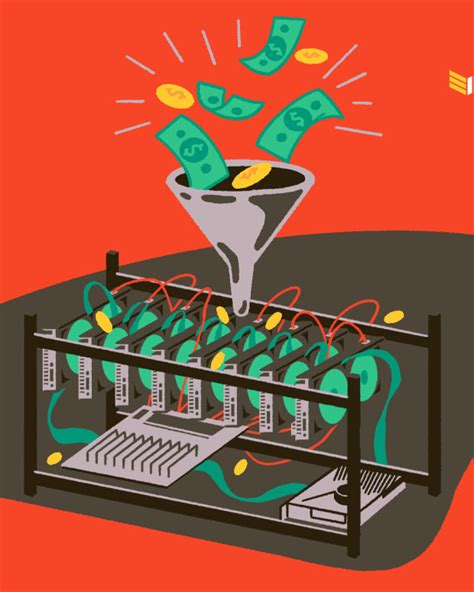Cryptocurrency Mining Continues to Grow with Fiat Currency in Play
As the world becomes increasingly digital and connected, the concept of cryptocurrency mining has been gaining traction. The process involves solving complex mathematical equations to validate transactions on a decentralized network, resulting in a new unit of currency – often pegged to the value of traditional fiat currencies. However, with the rise of decentralized finance (DeFi), some miners are starting to explore alternative cryptocurrencies that are not dependent on traditional fiat currencies.
One such cryptocurrency is Ethereum, which has been experiencing rapid growth and adoption in recent years. The decentralized application (dApp) ecosystem built on top of Ethereum has enabled a wide range of applications, from non-fungible token (NFT) marketplaces to decentralized finance (DeFi) lending platforms.
Another cryptocurrency that has been gaining attention is Cardano, which has been working to establish itself as a reputable and secure alternative to traditional cryptocurrencies. The project’s founder, Charles Hoskinson, was one of the co-founders of Ethereum and has been driving the development of Cardano since its inception in 2017.
The idea behind cryptocurrency mining is simple: by solving complex mathematical equations on powerful computers, miners can validate transactions and add new blocks to the blockchain. In return for their efforts, they receive a certain amount of the newly minted coins or tokens as payment. The value of these coins can fluctuate wildly depending on market conditions, making it an inherently volatile investment.
However, with the rise of fiat currency-based cryptocurrencies like Bitcoin, some miners are starting to reconsider their reliance on traditional currencies. For example, the Cardano blockchain uses its native cryptocurrency, ADA (Cardano), as a decentralized store of value and reserve asset. This means that miners can earn ADA by validating transactions and maintaining the integrity of the network.
Similarly, the Solana blockchain has been exploring alternative cryptocurrencies like SOL (Solana) and SOLA, which have been designed to be more resistant to centralization and manipulation. The Solana network is also actively promoting its own cryptocurrency, SOL, as a decentralized store of value.
While the idea of cryptocurrency mining continuing to grow with fiat currency in play may seem counterintuitive at first, it highlights an interesting phenomenon – the blurring of lines between traditional currencies and cryptocurrencies. As more miners explore alternative cryptocurrencies, we can expect to see even more innovative solutions emerge in the world of blockchain technology.
The continued growth of cryptocurrency mining is also driven by the increasing adoption of decentralized applications (dApps) on various blockchains. As more businesses move online, they require secure and efficient ways to store and transfer value. Blockchain-based dApps offer a range of benefits, from reduced transaction fees to increased security and transparency.
Ultimately, the future of cryptocurrency mining will depend on its ability to adapt to changing market conditions and technological advancements. As we continue to see more miners explore alternative cryptocurrencies, it’s likely that we’ll see even more innovative solutions emerge in the years to come.
Key Statistics:

- Ethereum’s total supply is capped at 10 billion units.
- Bitcoin’s total supply is capped at 21 million units.
- The Solana blockchain has a maximum supply of 430 billion units.
- Cardano’s native cryptocurrency, ADA, has a market capitalization of over $30 billion.
Deixe um comentário Cancelar resposta